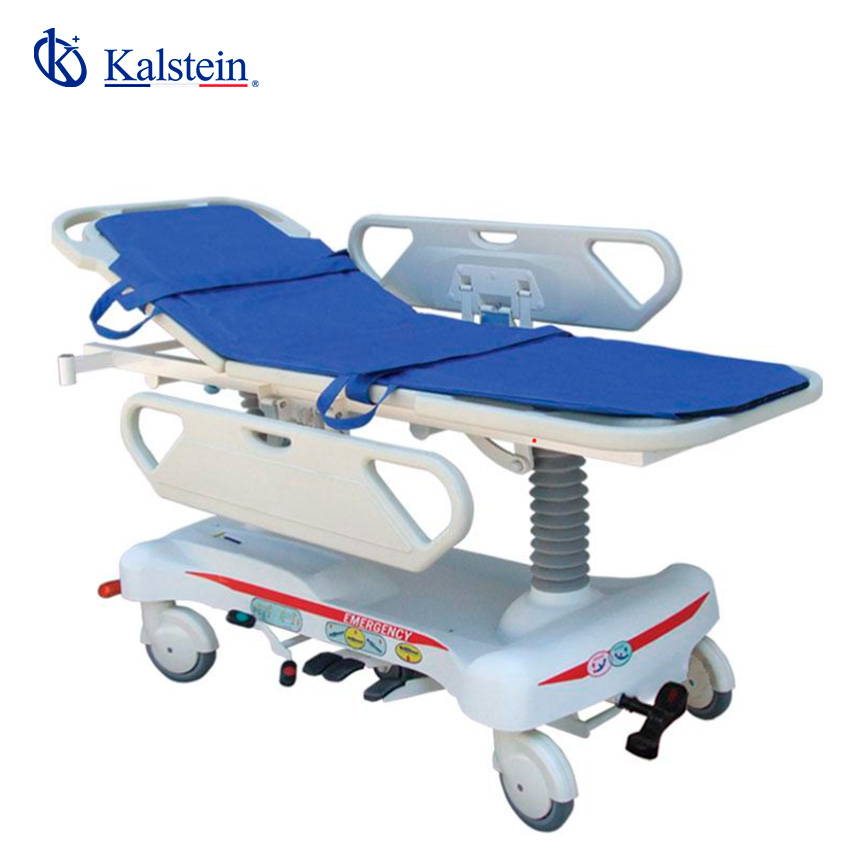Hydraulic transfer stretchers are essential tools in modern medical settings, facilitating the safe and efficient movement of patients.
This article provides a detailed guide on how to achieve the best results when using a hydraulic transfer stretcher, with practical tips and step-by-step tutorials.
If you’re seeking a blend of innovation and quality, you’ve come to the right place. At https://kalstein.pl/category-product/medical-line/medical-transfer-stretcher/ we offer you the luxury to explore our exclusive catalog of laboratory equipment. We manufacture each piece of equipment with a level of excellence. Our intuitive and agile online shopping channels are designed for your convenience, ensuring the friendliest prices. Don’t hesitate any longer, we bring science to life, it’s time to become part of our community. https://kalstein.pl/
Understanding the Features of a Hydraulic Transfer Stretcher
A hydraulic transfer stretcher is designed to offer flexibility and safety in patient mobilization. These stretchers are equipped with hydraulic systems that allow precise adjustment of height and tilt, easing the workload of medical staff and improving patient comfort.
To achieve the best results, it is essential to familiarize yourself with the hydraulic controls. Most stretchers have pedals or levers that control the hydraulic system. Practice using these controls before attempting to transfer a patient to ensure smooth and safe movement.
Preparing the Stretcher Before Transfer
Before transferring a patient, it is crucial to properly prepare the stretcher. This includes adjusting the stretcher height to an appropriate level to minimize the physical strain on medical staff. The correct height also ensures a safe and comfortable transfer for the patient.
Ensure that the stretcher brakes are engaged to prevent unexpected movements during the transfer. Verify that all accessories, such as side rails and safety straps, are in place and functioning correctly. This not only enhances safety but also facilitates the transfer process.
Techniques for Safe Patient Transfer
Safe patient transfer is a critical aspect of using a hydraulic transfer stretcher. To perform a safe transfer, first communicate clearly with the patient about the procedure. This helps reduce anxiety and ensures patient cooperation during the transfer.
Use proper lifting techniques, such as bending your knees and keeping your back straight, to avoid injuries. When using the stretcher, adjust the height and tilt to align with the transfer surface. This minimizes effort and reduces the risk of falls or injuries.
Regular Maintenance for Optimal Performance
Regular maintenance of the hydraulic transfer stretcher is vital to ensure its optimal performance and prolong its lifespan. Conduct daily inspections to detect any signs of wear or damage to the hydraulic components and stretcher surfaces.
Follow the manufacturer’s recommendations for preventive maintenance, which may include lubricating moving parts and periodically checking the hydraulic system. Proper maintenance not only ensures patient safety but also optimizes the stretcher’s performance.
Training Staff for Efficient Use
Adequate staff training is crucial for the efficient use of a hydraulic transfer stretcher. Ensure that all medical staff receive specific training on the operation and safe transfer techniques. This training should include practice with the stretcher and patient transfer simulations.
Continuous training is equally important to stay updated with new trends in medical technology and advances in medical research. This ensures that staff are prepared to handle the stretcher effectively and safely at all times.
Specialized Applications and Practical Tips
Hydraulic transfer stretchers can have specialized applications in different medical environments. For example, in intensive care units, these stretchers can facilitate the movement of critical patients with minimal disruption. In emergency rooms, they enable quick and safe transfers.
Some practical tips include always working in pairs for complex transfers and ensuring the environment is free of obstacles before the transfer. Additionally, using extra accessories like anti-bedsore mattresses can enhance patient comfort and prevent complications.
Conclusion
Hydraulic transfer stretchers are an integral part of modern medical care, offering advanced solutions for the safe and efficient transfer of patients. By following this detailed guide and applying practical tips, you can ensure the best results and improve the experience for both medical staff and patients. Stay updated with trends in medical technology and advances in medical research to continue optimizing the use of these essential tools.
In summary, the proper use of a hydraulic transfer stretcher not only improves operational efficiency but also significantly contributes to patient safety and comfort. Adequate training, regular maintenance, and the application of safe transfer techniques are fundamental to maximizing the benefits of these medical innovations.

